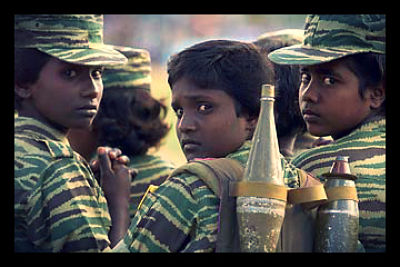The Sri Lankan government’s crackdown on NGO’s this month has initiated claims that President Mahinda Rajapakse is paranoid he will be overthrown, and is quieting critics to strengthen his control and power.
The defense ministry has banned NGO’s from disseminating press releases and holding awareness campaigns, press conferences, workshops and training for journalists. They claimed the ban was necessary in order to stop NGO’s from functioning “beyond their mandate.” The minister said the administration is worried that NGO’s will fuel criticism of Rajapakse and his family.
“The government panicked when they heard that USAID was trying to educate voters about their rights,” the minister said.
However, NGO workers claim that the ban was cracking down on dissent right before the presidential elections. They say it is unconstitutional and violates basic rights of free speech in Sri Lanka.
Civil rights groups have long highlighted problems for the media in Sri Lanka, where most journalists have to practice self-censorship due to the killings of media workers and journalists in recent years.
Activists and civil rights groups have burned notices issued by the government that demand NGO’s to not engage in activities that are “outside the groups’ mandate.” Almost 1,500 NGOs have gotten notices from the government.
Protesters chanted and carried banners during a rally that took place in the capital city of Colombo to protest against the government’s crackdown on free speech in Sri Lanka.
Paikiasothy Saravanamuttu, executive director of the Center for Policy Alternatives said that the government’s ban violates the rule of law and the basic principles of a democracy. He said it is an attempt to hush alternative public opinions of citizens.
The United States government has voiced worry over the crackdown on free speech in Sri Lanka.
State Department spokesperson Jen Psaki urges the government of Sri Lanka to, “…allow civil society organizations and NGO’s, which play a vital role in supporting Sri Lanka’s democratic values, to operate freely.”
– Colleen Moore
Sources: Global Post, NDTV, UCANews, ColomboPage
Photo: Kuwait Times



